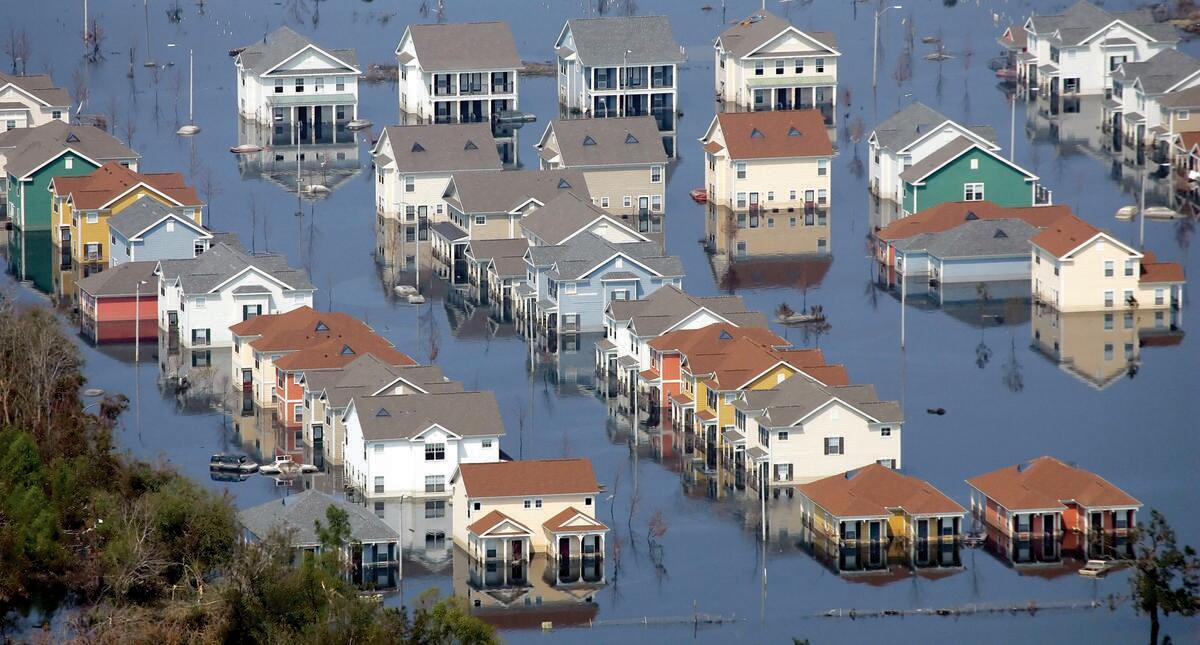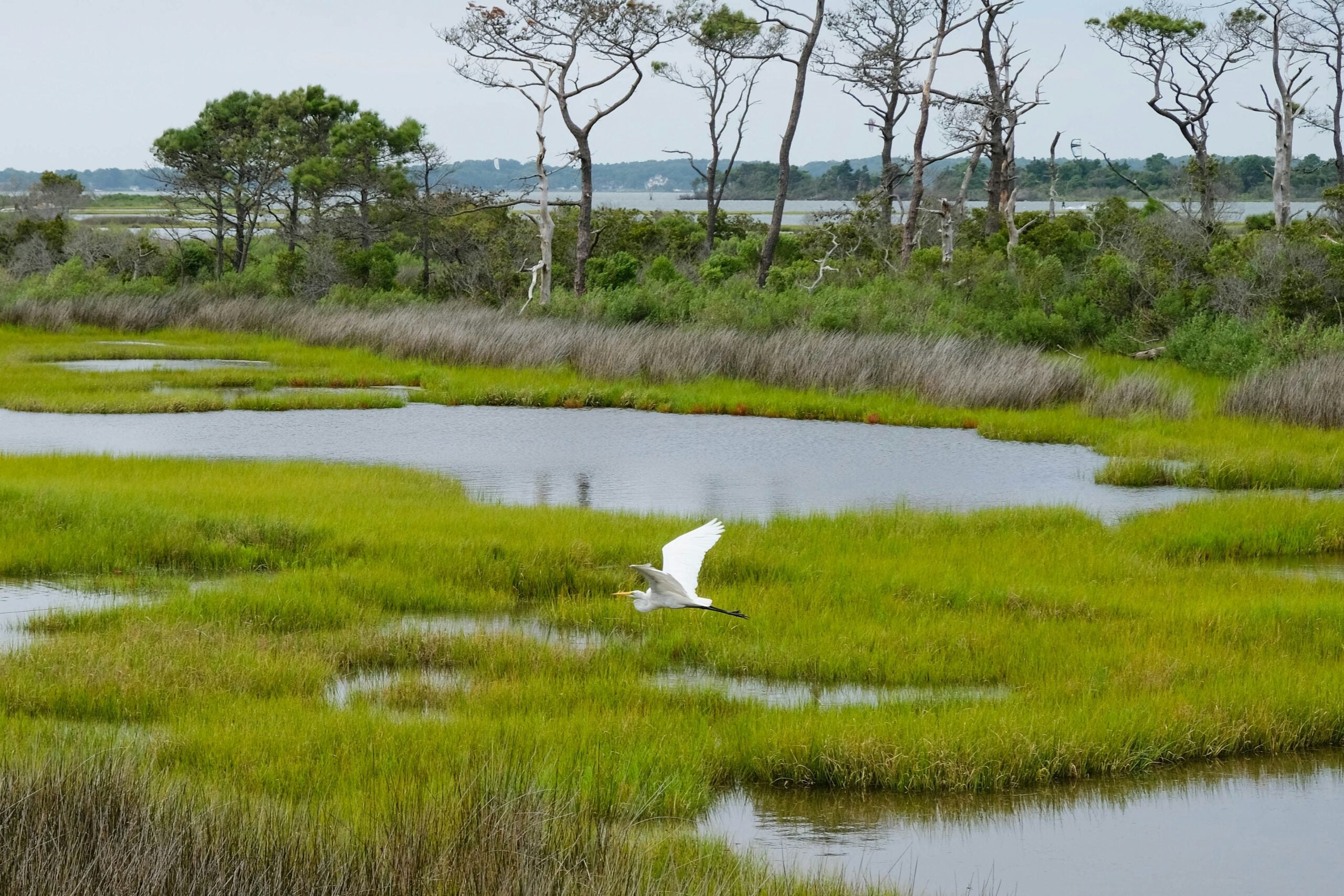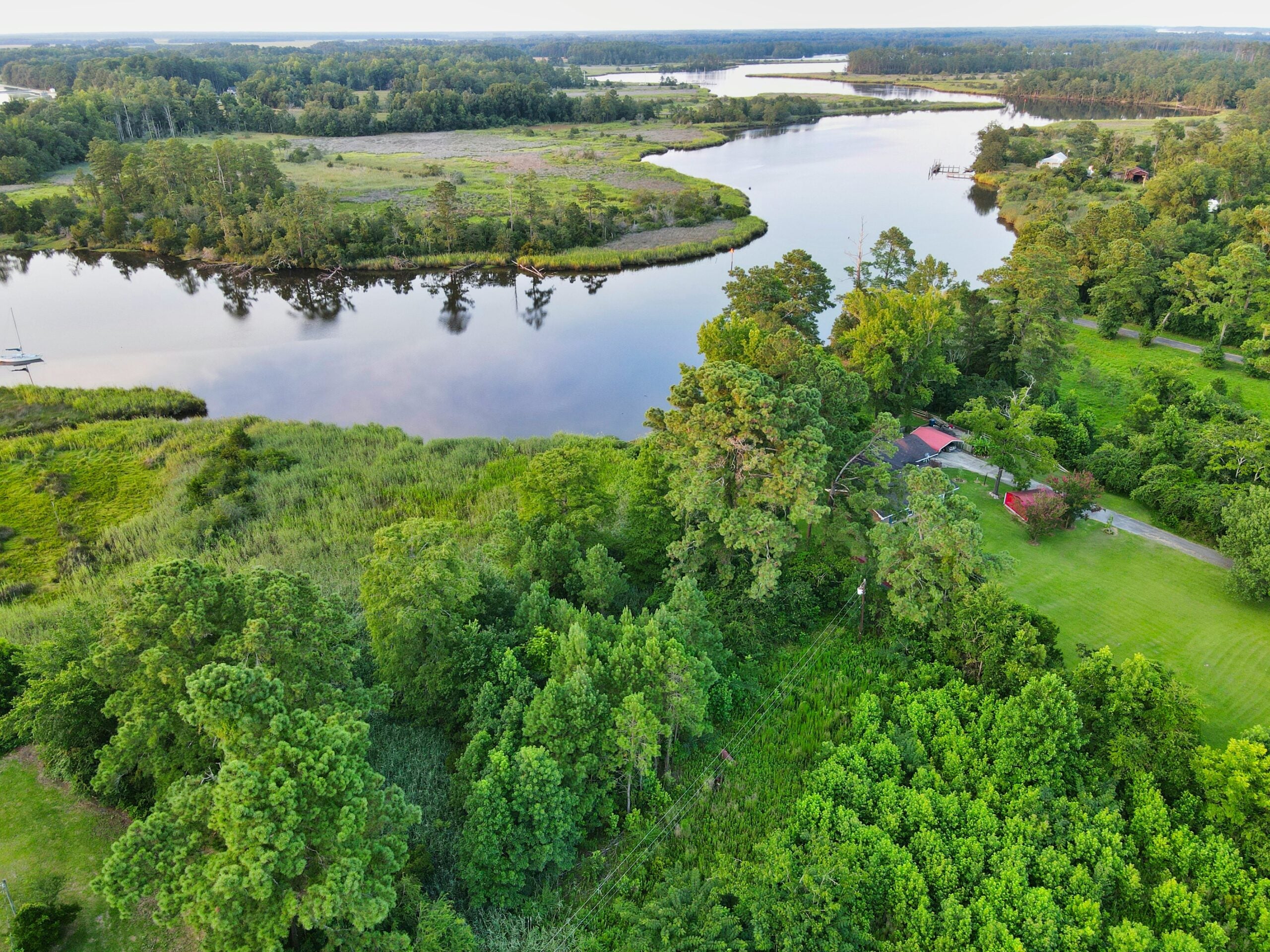By: Gabrielle Rosario, EDF Intern
Each year, flood risk increases from sea level rise and storms, raising major concerns among millions of homeowners. Flooding can inundate homes, damage property and cause safety and health concerns, as well as isolate residents from essential government services like trash pickup or emergency vehicle access. In fact, by 2030, over 20 million Americans will be at risk of inundation due to sea level rise, and many will be unable to afford to move.
Managed retreat policies, such as voluntary home buyouts, can facilitate the relocation of residents out of increasingly flood-prone communities. But unfortunately, existing federal programs are slow and require local governments to meet complex and challenging guidelines.
Innovative approaches are needed to make buyouts more efficient. Here are three strategies that can help:

















